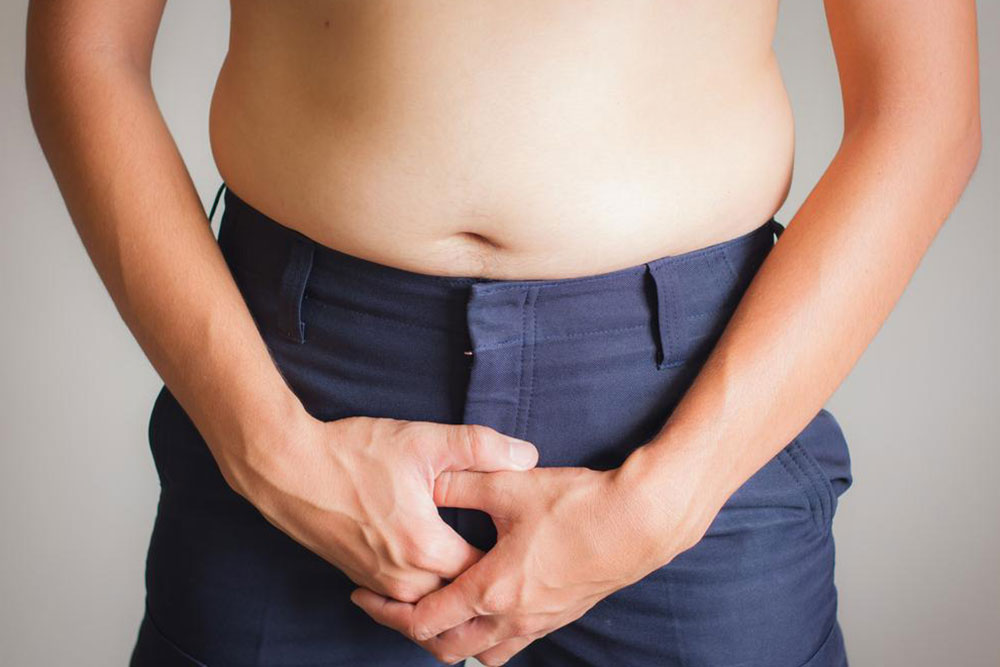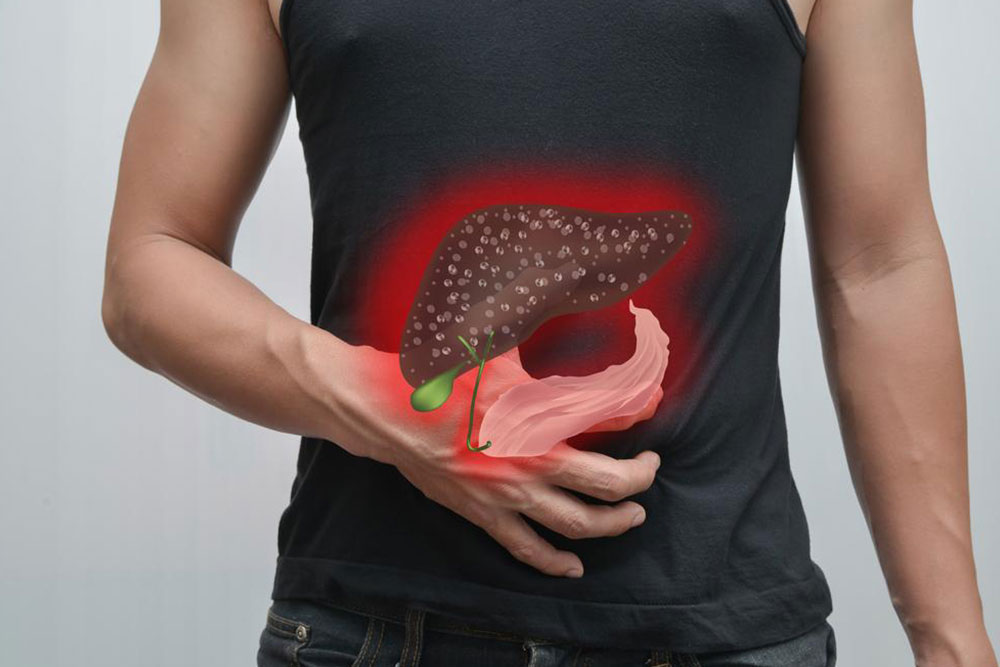Effective Strategies to Manage Overactive Bladder Symptoms
Learn effective methods to manage overactive bladder symptoms, including lifestyle changes, pelvic exercises, and medical treatments. This guide offers practical tips for improving bladder control and when to seek professional help, helping individuals regain confidence and comfort.

Effective Strategies to Manage Overactive Bladder Symptoms
An overactive bladder (OAB) often causes a strong, sudden urge to urinate, sometimes leading to involuntary leakage known as Urge Incontinence, which is the second most common type. This condition involves involuntary bladder contractions, making it difficult to hold urine despite efforts. The severity of leakage depends on how intense and long-lasting these contractions are. Frequently, after a small leak, the urge to go decreases, preventing additional accidents.
For mild cases, home remedies like bladder training and Kegel exercises can be helpful. Starting with tracking urination habits and gradually increasing the intervals between bathroom visits can improve control. Strengthening pelvic muscles through contractions held for several seconds can also reduce symptoms. In more severe cases, diagnosing underlying conditions such as infections or neurological issues is essential. Medications, botox injections, or surgical options may be necessary under medical supervision.
The key to managing an overactive bladder involves lifestyle modifications, pelvic exercises, and medical treatments when necessary. Tracking urination patterns helps identify triggers and improve control. Regular Kegel exercises strengthen pelvic floor muscles, aiding in symptom reduction. For persistent cases, a healthcare professional can diagnose related medical conditions and recommend appropriate therapies, including medications and advanced procedures such as Botox injections or nerve stimulation. Consulting a specialist is advised for severe or ongoing symptoms.









